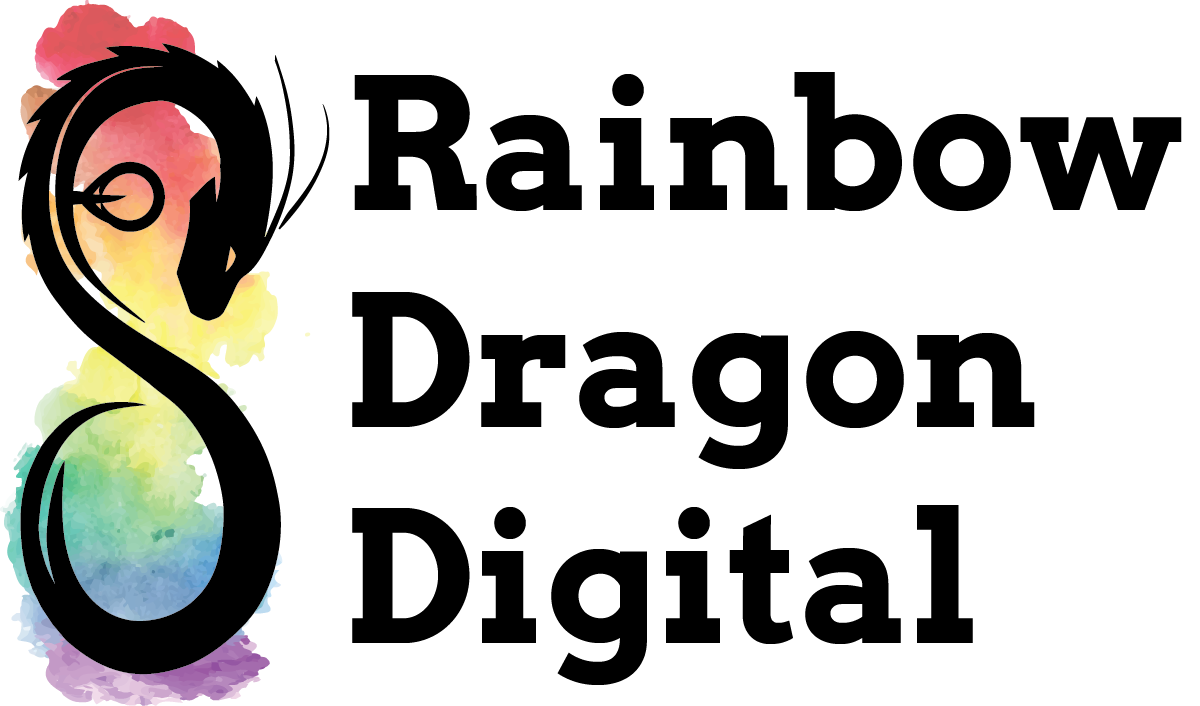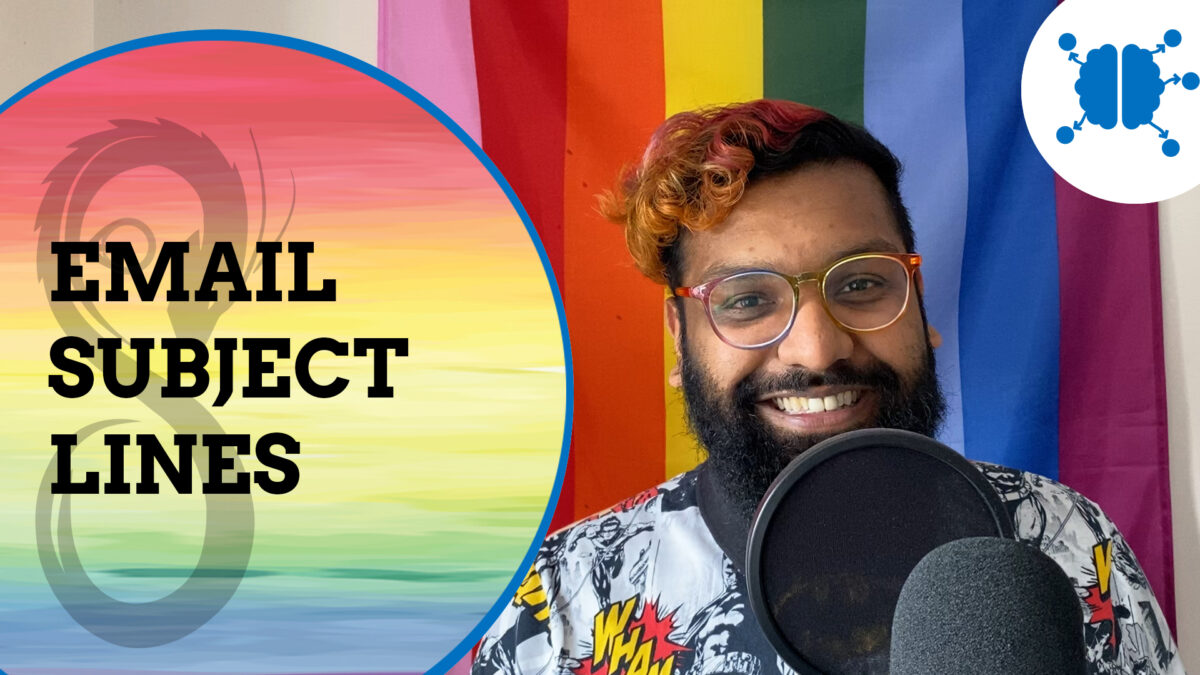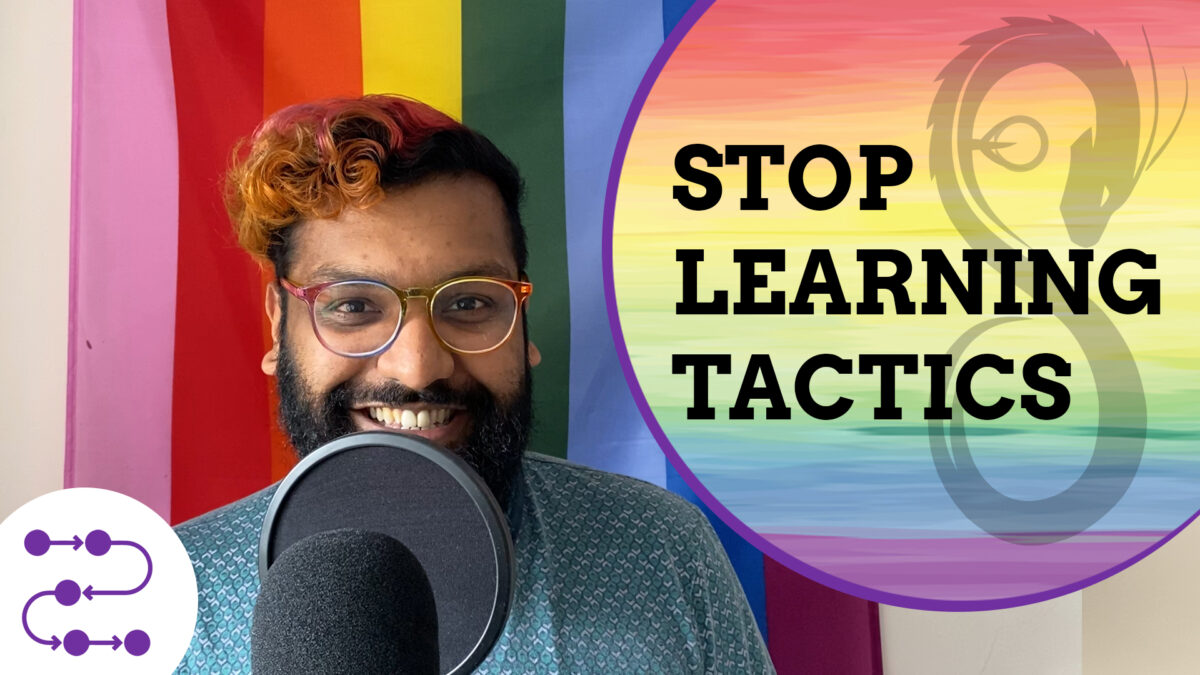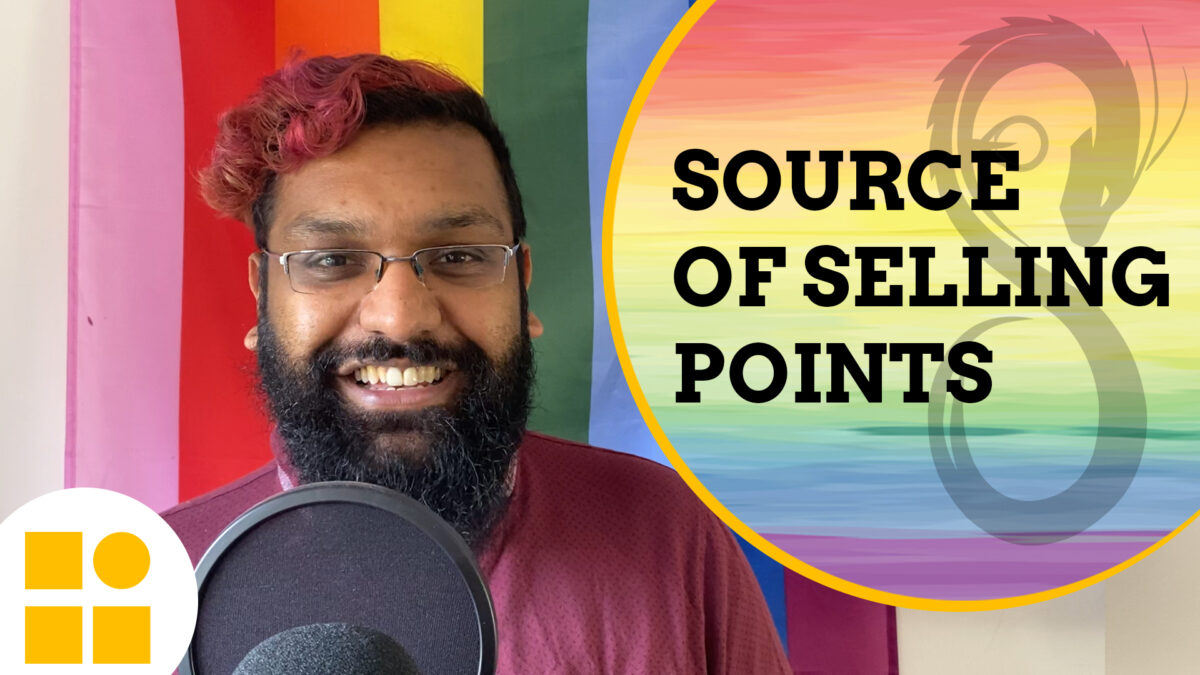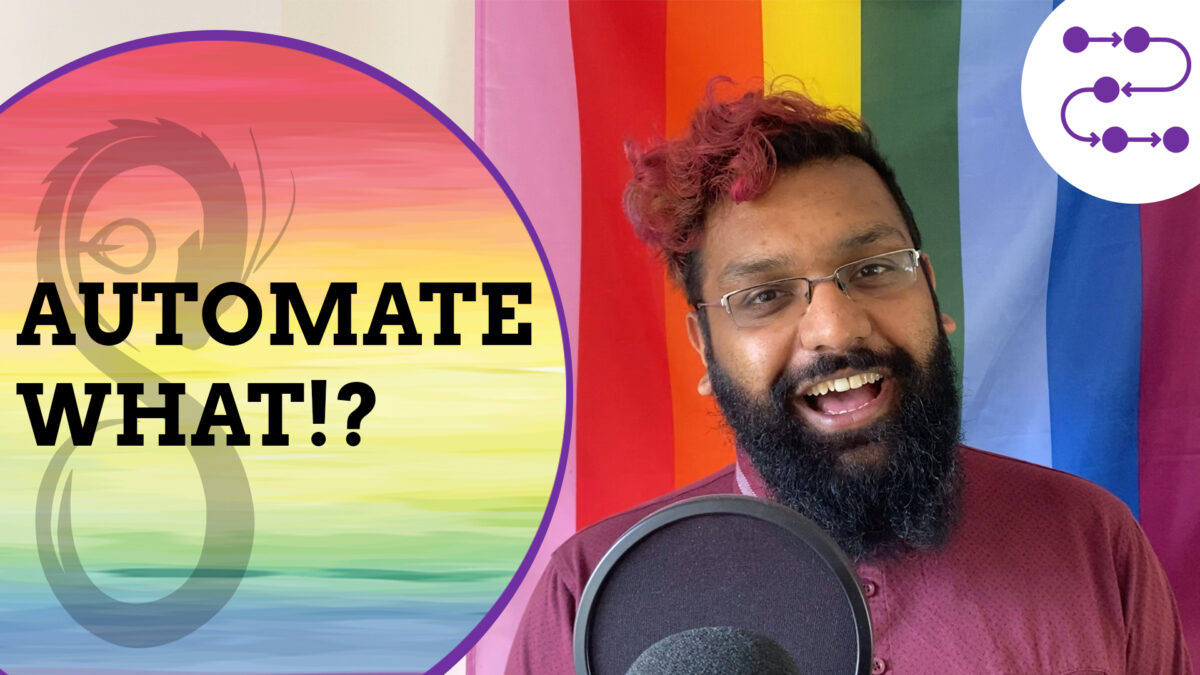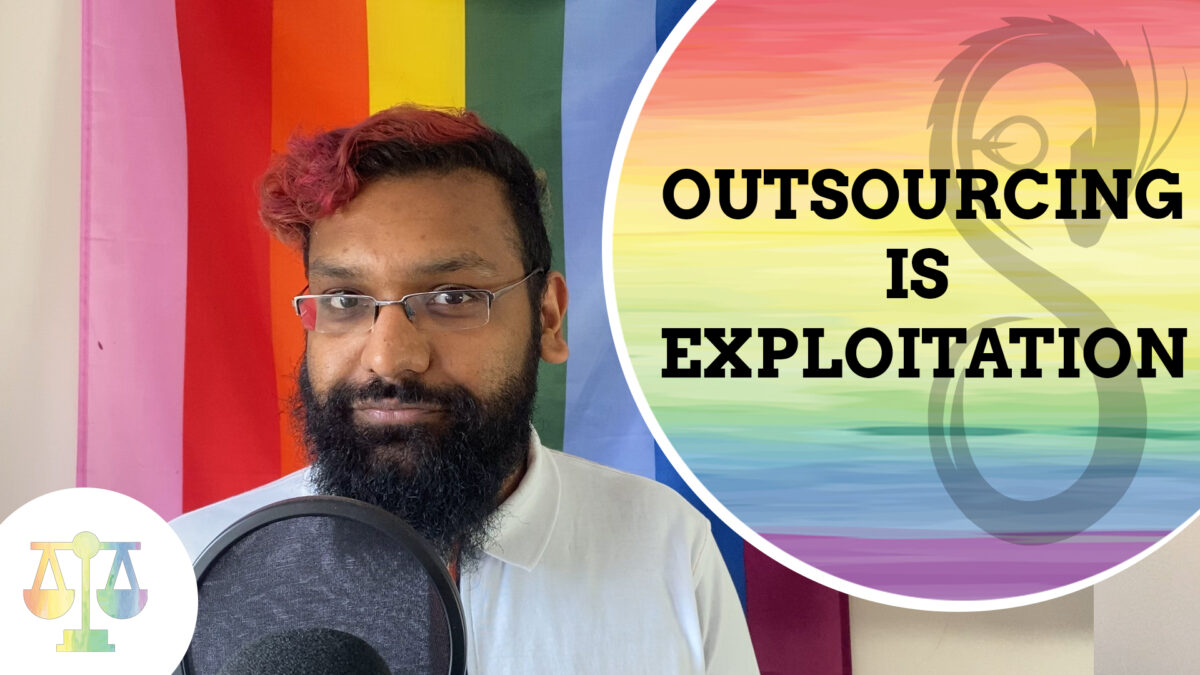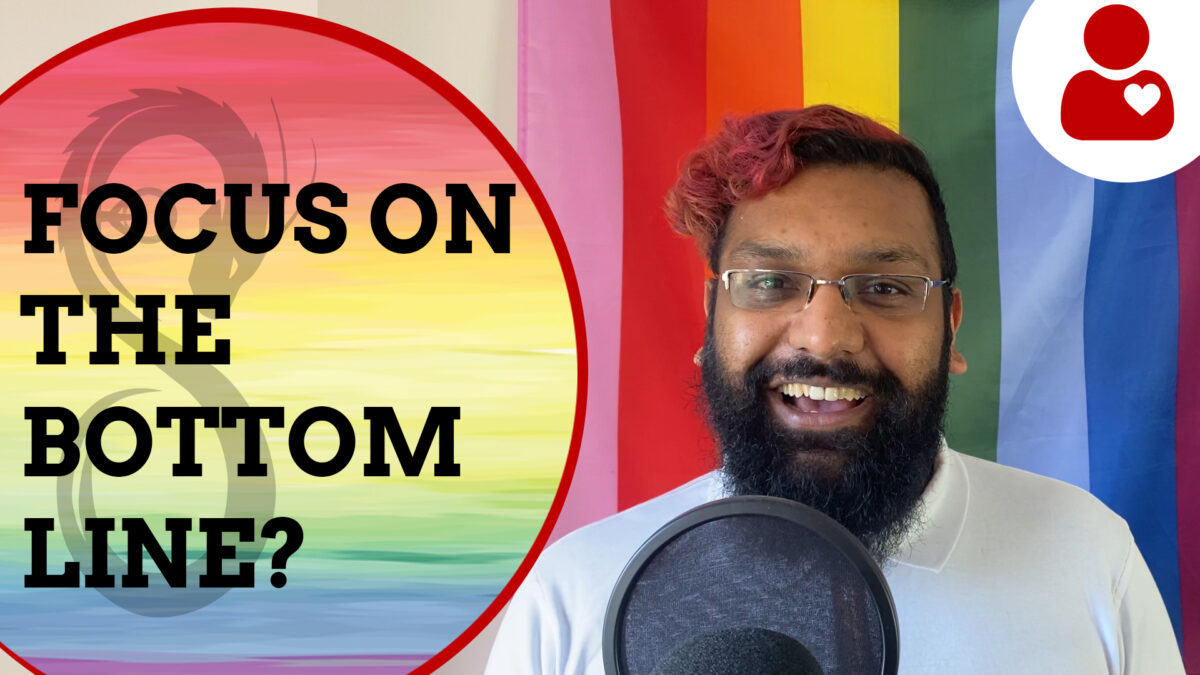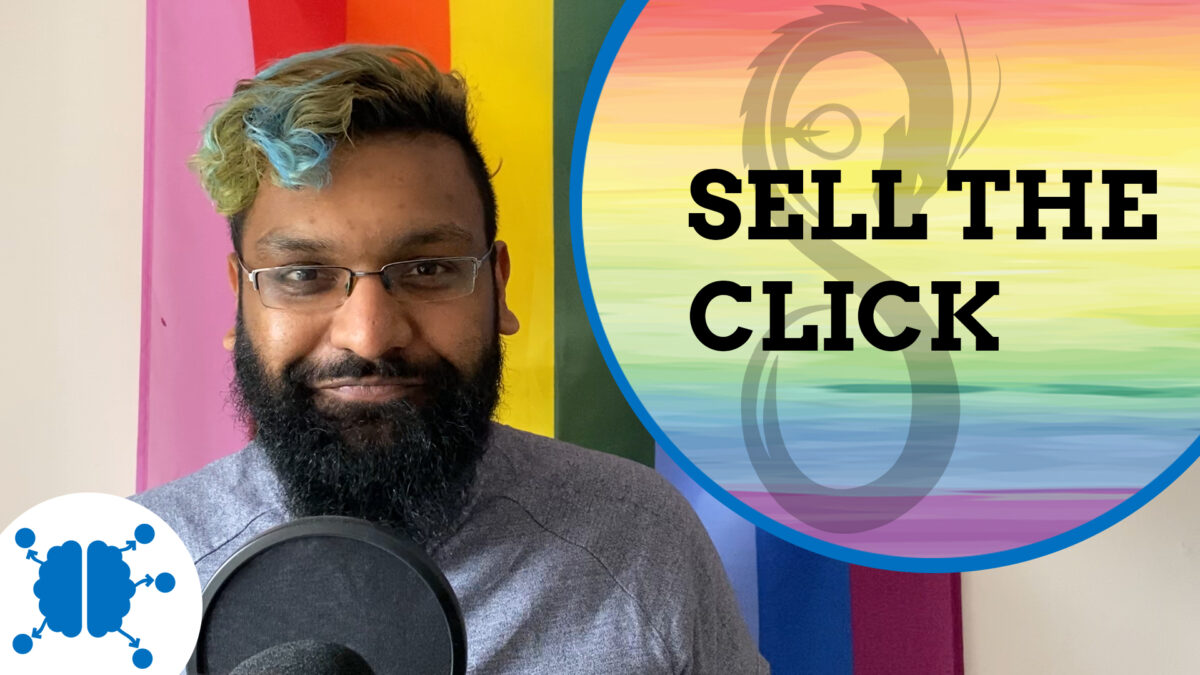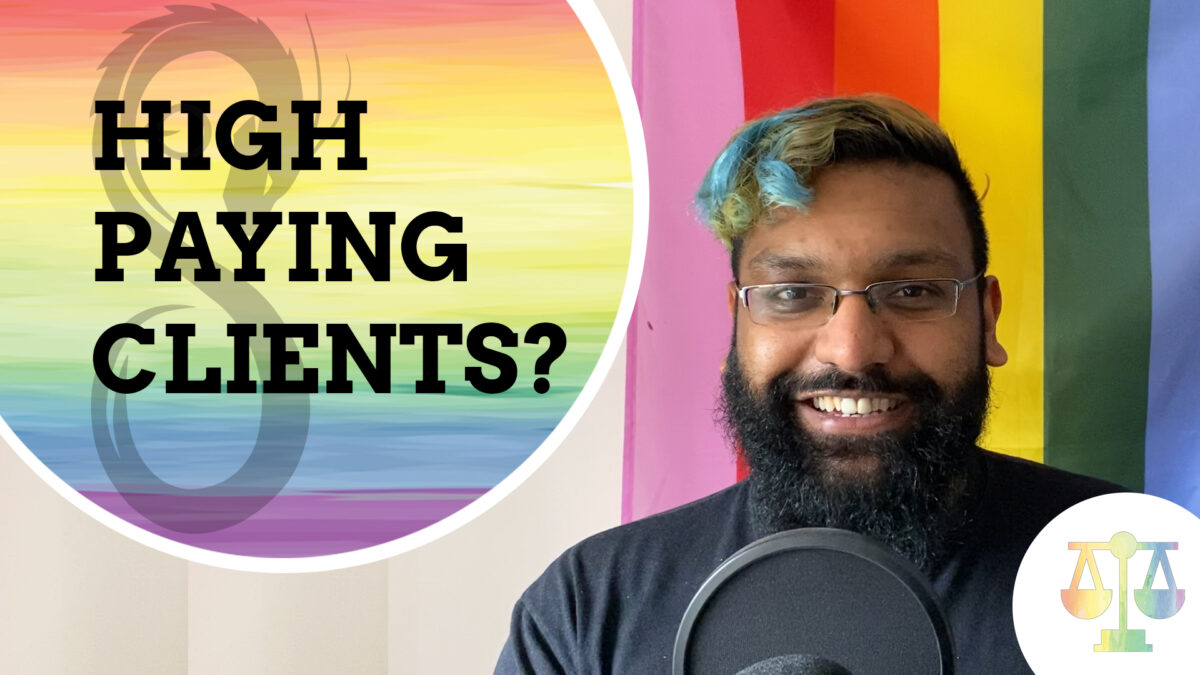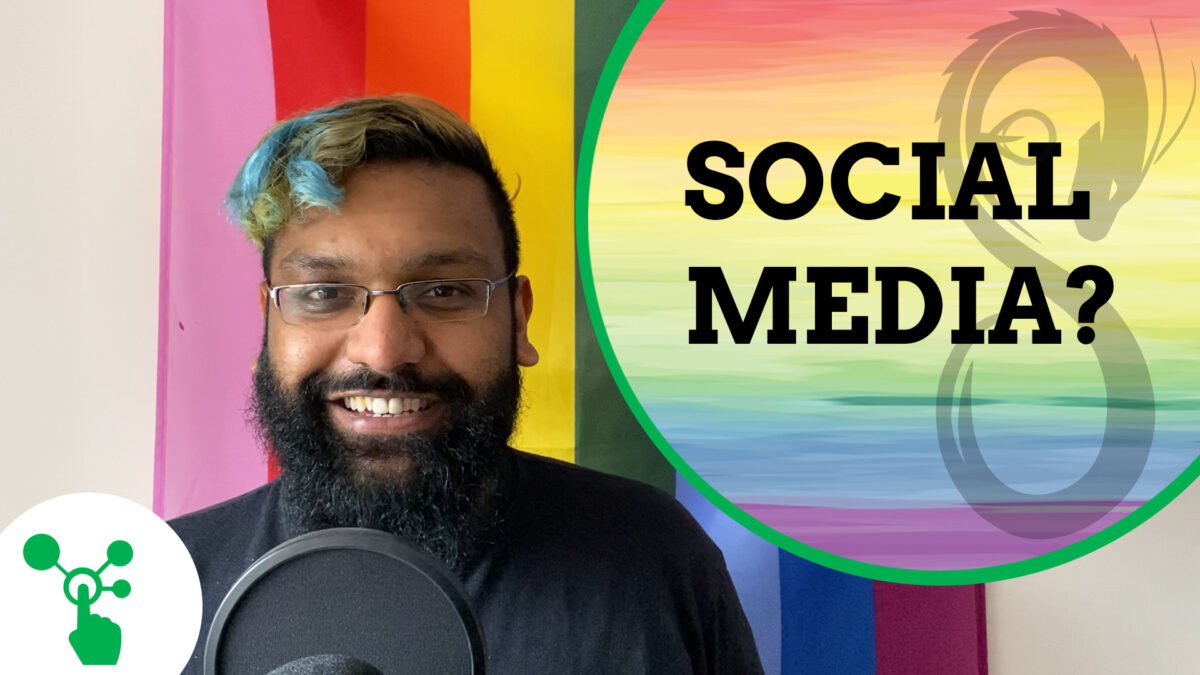Writing email subject lines is the bane of most people’s existence. Honestly, it’s not just you – even experienced marketers stress out about how to write the best email subject line.
In this video, I talk a little about the mindset I think you should have when writing subject lines, and present some formulas that could help if you’re struggling with coming up with good subject lines for your emails.
Doing something that’s changing the world and would you like to have a chat with me about it? Click here and fill out the form!
Don’t like videos? Here’s the text version:
How do you write a good subject line?
If you haven’t subscribed to my YouTube channel already please do it will help me loads and if you click the bell then you’ll be notified when I release new videos.
Subject lines ugh!
These are the bane of most marketers’ existence. Believe me, it is. You think it’s just “Oh, you just need to write a line.” It’s difficult. Anyone who’s written a subject line knows this. It is super difficult.
I’m gonna use this video to show you a few formulas that you could use but also just to make sure you’ve got the right mindset when you’re sitting down to write your subject lines.
First: Test & Measure Everything
The first thing I need to make sure that you really understand is that you need to test and measure everything.
Take every advice you hear about subject lines with a pinch of salt because it will all have been tested and measured on something that isn’t your audience, that isn’t your product, and, most importantly, is not at the time that you’re using it.
People respond to subject lines so dramatically differently at such different times and events in the world will change the way people react to subject lines. So you need to test and measure it for yourself.
And your audience is completely unique to everyone else’s. Your product is unique to other people’s. So, test and measure. Test and measure everything that’s the first thing you need to know.
Test One-Word Subject Lines
The second thing I want to make sure you do is test one-word subject lines.
Now, this used to frustrate me immensely in my previous job when I used to work for business coaches. I used to work for Shweta Jhajharia and when we were doing our emails then, when the clients were doing emails, it was always one-word subject lines. Those were the things that worked really well.
There’s a lot of theory as to why that works. I think the most compelling of which is that in one word you can convey so little that people need to open the email in order to figure out what you’re talking about with that one word.
But one-word subject lines work. The open rates work. That’s my experience. And as I said at the start of this, take everything with a pinch of salt. If you’re thinking, “It won’t work for me,” test it. I think this is the first thing you should be testing if you’re trying to increase your open rate on your emails.
Of course, one-word subject lines don’t work for everyone. It doesn’t work for every audience, it doesn’t work for every product. It doesn’t work for everything that you’re trying to do in email. But it is the place to start if you are concerned about your open rate.
Formulas to Test Subject Lines
What I’m going to give you now is a formula that I think you can use to test your subject lines.
I kind of like to stay away from the gimmicky things like ‘add numbers’, ‘add pound signs’, you know ‘use clickbaity headlines’ – that kind of thing. It may work, you may want to test it, it’s all over the internet if you really want to find it.
But I think to distill down to the thing that I think you should really try is to use a subject line that really speaks to your target person. And these formulas might help you do that.
The PAS Formula
The first formula is the one that I’ve seen a lot, that I learned a lot when I was first starting in marketing which is PAS. Pain, Agitate, Solution.
And the whole point of PAS is that you’re trying to dig down deep into the pain that you are solving as a business, you want to drive a little bit harder, and then you want to present your solution.
And when it comes to subject lines you probably only need the P and the A in the subject line and then you need the Solution in the email itself.
And that’s the whole point of subject lines – you need to make sure that you’re giving a payoff. Please, please, please don’t use clickbaity subject lines that don’t give a payoff.
An example of this PAS type thing is that let’s say you’re selling vegan cheese and you are like okay… or you’re selling vegan pizzas. And your subject line might be:
“Cooking sucks, especially after a long monday.” So you’ve given this pain of cooking sucks, you’ve made it worse because it’s on a long monday. And then you open the email and it’s like, “You don’t have to cook, your pizza can come right to your door.” So then you’ve given the solution.
So that’s the PAS formula that’s pretty common.
Instead of PAS, Try BED
The reason I don’t really like the PAS formula is that it comes from pain. And that means your marketing starts to have a few negative words in it – which can be great, it can really drive people really well – but it can become a slippery slope into some really bad marketing that has some really bad unintended effects.
So I thought about it maybe we can flip this formula around and we can do BED, which would be Benefit, Enhance, Deliver.
And so you can do the same sort of thing you do with the pain and agitate and solution thing but instead, start with a benefit. Start with a reason why people would like the thing that you’re doing and then drive that home by making it even better and then deliver that result to them in the easiest way.
So going back to the vegan pizza example you can have the subject line as, “Vegan pizza that actually tastes like cheese – and it stretches!” And so you’ve got that benefit you’ve got that enhancing – it does the stretchy thing – and then when they open the email it’s like, “Delivered directly to your door within 30 minutes.”
That’s just a really simple example but it’s a great way to do subject lines in a way that has this ‘sell the next click’ thing and really delivers on that and really amps up the emotion inside.
Key Point: Be Emotive
And that’s the key thing I want to leave you on is whatever you’re testing, anything, any kind of test that you’re trying to do with your subject line, just try and make sure you’re looking at it from an emotive point of view and not just a descriptive. Your subject line is trying to create emotion or like stoke emotion and not just describe what is in the email.
So I hope that helps you with testing your subject lines if you need any help you want to talk it out have a little sounding board, I’m happy to have a little call with you and discuss what you’re doing what you’re trying to achieve and maybe I can help with some ideas.
